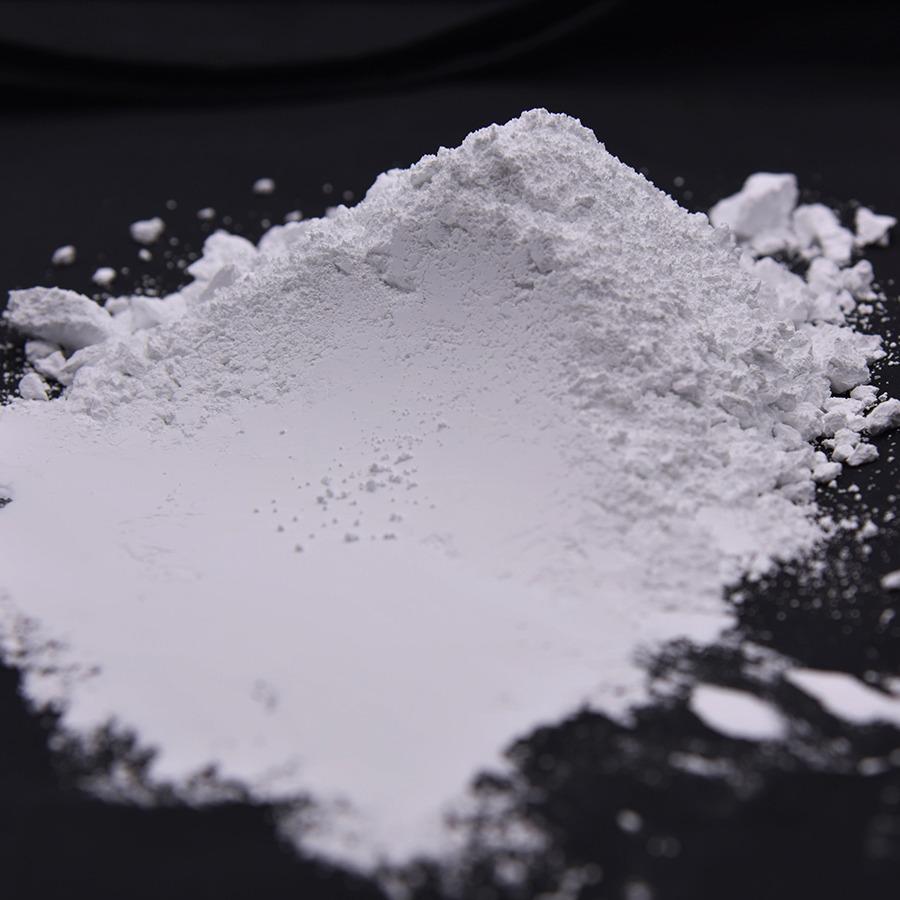
Oct . 01, 2024 21:43 Back to list
Trends and Innovations in the Titanium Dioxide Industry for Sustainable Development
The Titanium Dioxide Industry Trends and Developments
Titanium dioxide (TiO2) is a vital substance widely used across various industries, primarily in pigments for paints, coatings, plastics, and paper, due to its exceptional opacity, brightness, and durability. The TiO2 industry has seen significant growth over the past few decades, driven by increasing demand in construction, automotive, and consumer goods sectors.
The Titanium Dioxide Industry Trends and Developments
The automotive sector is another significant contributor to the demand for TiO2, particularly in coatings and plastics. As manufacturers focus on developing lightweight and fuel-efficient vehicles, the use of TiO2 in automotive coatings, which enhance both appearance and resistance to environmental factors, has become increasingly important. Furthermore, advancements in automotive technologies, including electric vehicles, present new opportunities for TiO2 applications, where improved performance characteristics are crucial.
tio2 industry

In the consumer goods market, TiO2 continues to play a pivotal role in the production of cosmetics, food products, and even pharmaceuticals. The compound is widely used as a whitening agent and opacifier in various products, enhancing their visual appeal and protecting contents from ultraviolet light. This versatility ensures that the TiO2 industry remains resilient even during economic downturns, as its applications span essential consumer goods.
However, the TiO2 industry faces challenges related to environmental regulations and health concerns. The production of TiO2, particularly through the sulfate process, has been associated with significant waste and emissions. Regulatory bodies are increasingly enforcing stricter environmental standards, prompting manufacturers to adopt more sustainable practices. As a response, many companies are investing in process innovations and alternative manufacturing techniques, such as the chloride process, which generates less waste and is considered less harmful to the environment.
In addition to environmental concerns, health-related issues surrounding TiO2 exposure have spurred discussions about safety standards and workplace regulations. Studies have raised questions about the potential risks associated with inhaling TiO2 particles, particularly in industrial settings. As a result, the industry is under scrutiny, with calls for enhanced safety measures to protect workers and consumers alike.
Looking forward, the titanium dioxide industry is poised for continued growth, driven by evolving market demands and innovative production techniques. As sustainability becomes an increasingly significant factor in consumer choices and regulatory frameworks, the ability of TiO2 manufacturers to adapt and innovate will play a crucial role in shaping the industry's future. With ongoing developments in technology and a commitment to environmental responsibility, the TiO2 industry can thrive while meeting both economic and ecological challenges.
-
Premium 6618 Titanium Dioxide for GPT-4 Turbo Applications
NewsJul.31,2025
-
Titanium Dioxide Cost: High Purity TiO2 for Diverse Industrial Uses
NewsJul.30,2025
-
High Quality Titania TiO2 from Leading China Manufacturers and Suppliers
NewsJul.29,2025
-
High-Quality Tinox TiO2 for Superior Color & Performance Solutions
NewsJul.29,2025
-
High Quality Titania TiO2 from Leading China Supplier & Manufacturer
NewsJul.29,2025
-
High-Performance r6618 TiO2 for Superior Whitening and Versatility
NewsJul.28,2025
